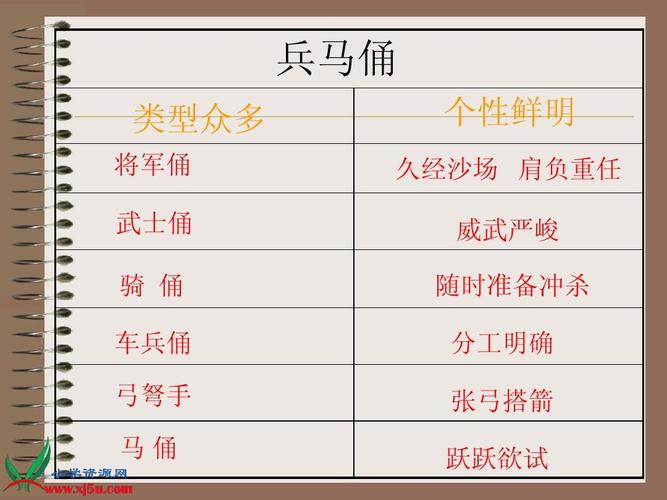
What Are the Terracotta Warriors Made Of?
The Terracotta Army is one of the most impressive archaeological discoveries of all time. These life-size figures, buried with the first emperor of China, Qin Shi Huang, in the 3rd century BC, were intended to protect him in the afterlife. But what are these amazing figures made of?
The Simple Recipe for an Army
While the sheer scale of the Terracotta Army is awe-inspiring, the materials used to create them were relatively simple. The warriors are primarily made of terracotta, a type of earthenware clay commonly found in the region.
Terracotta: Earth and Fire
The process of creating the warriors began with the readily available clay. This clay, rich in minerals, was mixed with water to create a workable material. No complex binders or additives were needed.
Molds for Mass Production
To create thousands of individual figures, the ancient artisans used molds. These molds, likely made from wood or fired clay, allowed for the efficient production of standardized body parts.
A Body in Pieces
Contrary to what one might think, the warriors were not sculpted as single, solid figures. Instead, they were constructed in sections – legs, torsos, arms, and heads – that were molded separately.
Think of it like putting together a giant jigsaw puzzle, but with clay. This modular approach sped up production and made it easier to transport and assemble the figures in the mausoleum complex.
Joining the Pieces
Once the individual body parts were molded, they were allowed to dry to a leather-hard state. At this point, the sections were joined together. The method used to connect the parts involved scoring the edges of the clay and applying a slurry of wet clay, essentially acting as a glue.
Details in the Clay: From Armor to Hairstyles
While the molds provided the basic shape, the artisans didn't stop there. Using smaller tools and additional bits of clay, they added incredible details to each figure. Facial features, hairstyles, armor plates, belts, and even the intricate patterns on their clothing were painstakingly sculpted onto the surface.
The Finishing Touch: Firing and Pigments
After the figures were assembled and detailed, they were fired in kilns at temperatures between 900-1000 degrees Celsius (1652-1832 degrees Fahrenheit). This firing process hardened the clay, transforming it into durable terracotta.
Originally, the Terracotta Army was a vibrant spectacle, far from the muted earthen tones we see today. After firing, the figures were painted with bright pigments, bringing their faces and clothing to life. Unfortunately, much of this paint has been lost over the centuries due to exposure to the elements.
FAQs
Q: Are all the Terracotta Warriors the same?
A: No, while the army was created using molds for efficiency, each figure has unique details. Artisans sculpted individual facial features, hairstyles, and even expressions, making each soldier distinct.
Q: How tall are the Terracotta Warriors?
A: The height of the warriors varies depending on their rank and role. The average height is around 5'11" (1.8 meters), but some generals stand over 6'7" (2 meters) tall.
Q: Why were the Terracotta Warriors buried?
A: The Terracotta Army was buried with Qin Shi Huang, the first emperor of China, to serve as his symbolic guard in the afterlife, protecting him from enemies and ensuring his continued rule even in death.